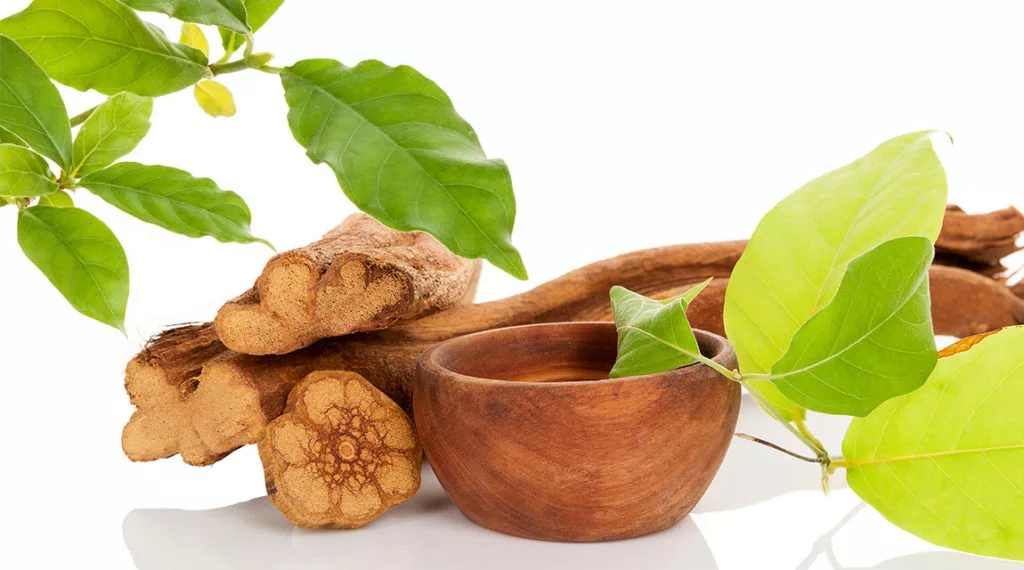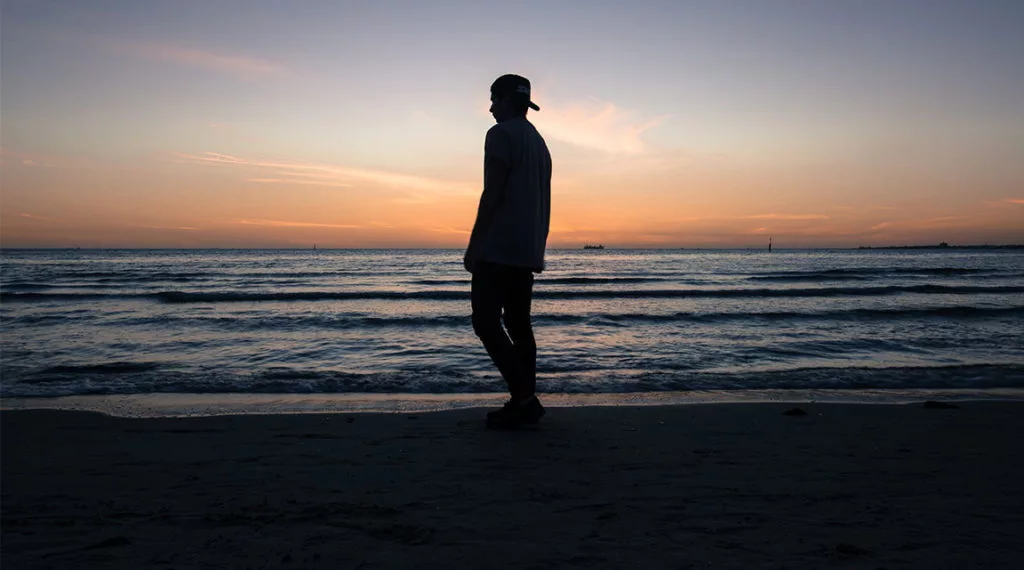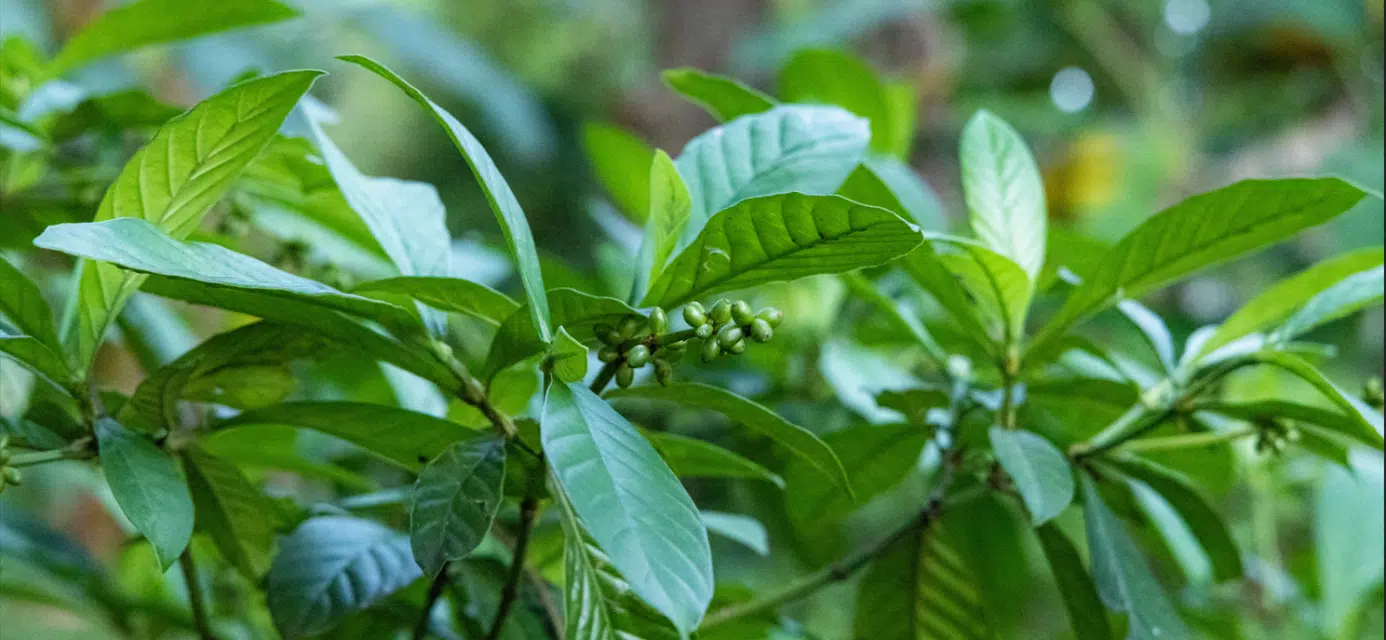Ayahuasca is a hallucinogenic drug that has become increasingly popular in the United States over the past decade. Used in South America for centuries by Amazonian shamans, it is also known as caapi or yagé.
Because of its potent effects on the mind, researchers have suggested that ayahuasca may be a potential treatment for mental health issues. However, no large-scale research has verified its effectiveness or safety, or proven that the therapeutic effects definitely derive from the drug itself.
Despite these potential benefits, is ayahuasca dangerous? Yes, it can be. When taken with other drugs, ayahuasca can be potentially fatal. Moreover, the side effects of ayahuasca can include intense fear, anxiety, paranoia, and hallucinations. In addition, users may experience depersonalization or psychosis.
Key Takeaways
- Ayahuasca tourism refers to Westerners traveling to South America for ceremonies centered around taking the drug.
- Ayahuasca creates both psychological and physical side effects, ranging from high blood pressure to seizures and hallucinations.
- Over time, using ayahuasca can result in psychosis, flashbacks, and hallucinations.
- For users who have experienced trauma or other negative side effects of ayahuasca, therapy may be beneficial.
What Is Ayahuasca and Where Does It Come From?
Ayahuasca is taken as a brew made from two plants: Banisteriopsis caapi (B. caapi) vines and leaves from a shrub called chacruna (Psychotria viridis). The chacruna leaves contain the psychedelic drug dimethyltryptamine (DMT).
When taken by mouth on its own, DMT has no effect on humans because the gut enzyme monoamine oxidase quickly breaks down the drug. However, B. caapi vines, also called ayahuasca vines, contain strong monoamine-oxidase inhibitors. Therefore, users who drink ayahuasca tea experience the powerful hallucinogenic effects of DMT.
Indigenous cultures in South America have used this psychedelic drug for hundreds of years and view the drug as having healing power. Spiritual leaders known as shamans lead ayahuasca ceremonies to treat physical and mental ailments and receive messages from ancestors and spirits. In 2008, Peru’s government recognized ayahuasca as “one of the basic pillars of the identity of the Amazon peoples.”
The Harvard biologist Richard Evans Schultes was the first American to study ayahuasca. He pioneered the field of ethnobotany and co-authored Plants of the Gods, with Albert Hofmann, the Swiss scientist who discovered LSD. In recent years, increased interest in the drug among Westerners led to “ayahuasca tourism” in South America.
What Are Ayahuasca Retreats?
Hoping to have a spiritual ayahuasca experience or experience psychological healing, Americans and other Westerners travel to the Amazon for ayahuasca ceremonies. Hence, they partake in one-day or multi-day ayahuasca retreats with traditional shamans from indigenous cultures.
However, some people who claim to be shamans may simply be people with access to the hallucinogen. The leaders of these ayahuasca ceremonies have varying degrees of experience with the drug and its effects. As a result, the amounts and strengths of the ayahuasca ingestion may be dangerous for participants.

Is Ayahuasca Legal?
DMT, the main psychoactive drug in ayahuasca, has been illegal since it was listed in the 1970 Controlled Substances Act.
However, in 2006, the Supreme Court ruled that consuming ayahuasca tea is legal when used for religious purposes. Centro Espírita Beneficente União do Vegetal, commonly known as UDV, was the first religious organization to receive the right to use it in this country. UDV is a group based in New Mexico with Brazilian roots.
Subsequently, the United States Court of Appeals for the Ninth Circuit sanctioned the use of ayahuasca by Santo Daime, another religious organization founded in Brazil.
Side Effects of Ayahuasca
Ayahuasca is reported to be extremely bitter tasting and gives users an intense period of hallucinations or self-reflection, such as re-experiencing childhood memories. As with other strong psychoactive drugs, the effects of ayahuasca last for an average of four hours and even upwards of ten hours. Ayahuasca creates both physical and psychiatric symptoms, including the following:
Psychological Side Effects of Ayahuasca
- Depersonalization—feeling detached from one’s thoughts and feelings
- Altered sense of time and space, including body image and proprioception
- Visual and auditory hallucinations
- Out-of-body experiences
- Perception of bright, intensified color
- A sense of losing control
- Disorientation or confusion
- Feelings of euphoria
- Or, on the other hand—negative emotions, such as fear, anxiety, grief, anger, or agitation
- Fear of going insane or dying
- Violent or unpleasant imagery or sounds
- Reliving painful memories or traumas
- Perceived insights or epiphanies, often believed to have come from divine or otherworldly beings.
Physical Side Effects of Ayahuasca
- Nausea and repetitive vomiting (typically when taken orally in ayahuasca)
- Increased heart rate and blood pressure
- Seizures
- Tremors
- Dilated pupils
- Nystagmus—involuntary rapid, rhythmic movement of the eye
- Dizziness
- Ataxia—lack of coordination
- Respiratory arrest
- Coma
Is Ayahuasca Dangerous?
Teen ayahuasca use may potentially be more dangerous than adult use because ayahuasca activates changes the brain and central nervous system, and the adolescent brain is not fully developed. Scientists theorize that ayahuasca may increase activity in various areas of the right hemisphere of the brain. These areas are involved in body awareness, emotions, feelings, and processing of emotional information.
As a result, it is dangerous to take ayahuasca while also taking selective serotonin reuptake inhibitors, a common category of antidepressants. This combination produces enormous amounts of serotonin. This serotonin “overdose” in the brain creates a condition called serotonin syndrome. The syndrome starts with shivering, diarrhea, hyperthermia, and palpitations. Subsequently, it can progress to muscular rigidity, convulsions, and even death.
Can You Die from Ayahuasca?
As stated above, drug interactions between ayahuasca and SSRIs can be fatal. In addition, there have been a number of ayahuasca deaths for unexplained reasons. In 2012, 18-year-old Kyle Nolan died as the result of an ayahuasca ceremony in Peru. In 2018, British teen Henry Miller died in the Colombian rain forest after having a reaction during an ayahuasca ceremony. Researchers continue to study the dangers and effects of ayahuasca consumption on the body and brain.
Ayahuasca Dangers: The Risk of Psychosis
Over time, consuming ayahuasca as a teen or adult can result in psychosis, frequent flashbacks, and hallucinations. These symptoms may occur for months or even years after using the drug. This condition is known as persistent psychosis. And it is more common in individuals with a history of mental illness. However, it can happen to anyone, even after a single exposure to a hallucinogenic drug.
Symptoms of persistent psychosis include the following:
- Mood disorders
- Disorganized thinking
- Ongoing, persistent paranoia
- Visual disturbances
Hallucinogen Persisting Perception Disorder
Hallucinogen-persisting perception disorder (HPPD) is another mental health problem associated with the frequent use of hallucinogenic drugs. And it is also more common among people with existing mental health conditions. Symptoms of HPPD include:
- Hallucinations
- Other visual disturbances, such as seeing halos or trails attached to moving objects
- Symptoms that resemble neurological disorders, such as stroke or brain tumor

DMT vs. Ayahuasca
The main difference between DMT and ayahuasca is that DMT (the active ingredient in ayahuasca) can be synthesized outside of the ayahuasca plant. DMT is the main psychoactive drug in ayahuasca. And DMT can also be produced in a laboratory as a white crystalline powder. Subsequently, users snort the powder, smoke it in a pipe, or inject it.
Moreover, ayahuasca results in much longer trips than the synthetic form of DMT. And it creates a number of physical effects, such as nausea and vomiting, that users do not often experience when smoking synthetic DMT.
Treatment for the Long-Term Side Effects of Ayahuasca
Thus far, researchers have not found evidence that the DMT in ayahuasca causes physical dependence or addiction. Moreover, users typically do not develop a tolerance for the drug, according to the National Institute on Drug Abuse.
However, the long-term effects of an ayahuasca journey can be deeply disturbing. Therefore, users may require therapy in order to address the fear, confusion, and disorientation associated with visual disturbances or other consequences.
In conclusion, many unknowns exist about ayahuasca’s effects. But the discomfort and dangers of the physical symptoms are clear. Furthermore, experts do know that hallucinogens can have a long-term negative impact on the body and brain.
Treatment for Substance Abuse at Newport Academy
Teen DMT use and teen ayahuasca use are at fairly low levels. However, today’s teens are at high risk of developing drug and alcohol dependence, including problems with other psychedelic drugs. These include hallucinogens, such as LSD or psilocybin mushrooms; cannabis, now legal in many states; and cocaine and other party drugs.
At Newport Academy, we treat teen substance abuse as a symptom of underlying mental health issues, such as depression, anxiety, or trauma. We view substance misuse as a unhealthy coping mechanism or self-medication for emotional distress.
To learn more about our approach to teen treatment and our industry-leading outcomes, contact our Admissions team today.
Frequently Asked Questions
How long does ayahuasca last?
Can ayahuasca cause a psychotic break?
What are the negative effects of ayahuasca?
Is ayahuasca good for anxiety?
Sources:
Front. Neurosci. 2023 Jan; 16: 10.3389.
Front Pharmacol. 2016; 7: 35.
J Psychopharmacol. 2014 Jan; 28(1): 49-54.
J Psychoactive Drugs. 2013 Jan-Mar; 45(1): 68-78.
J Psychoactive Drugs. 2005 Jun; 37(2): 141-4.






